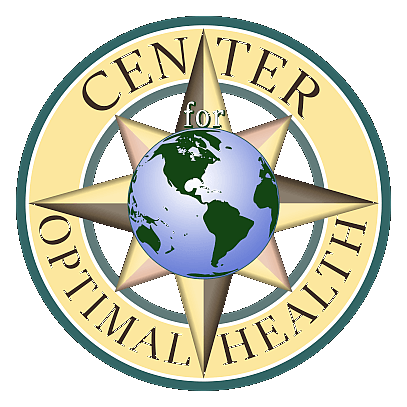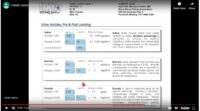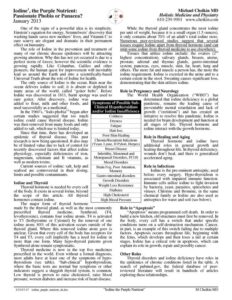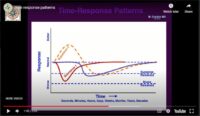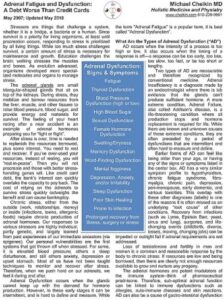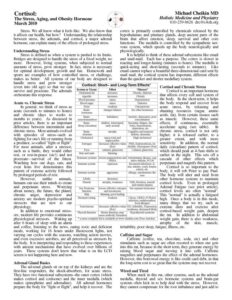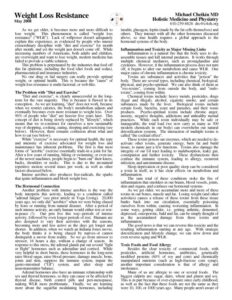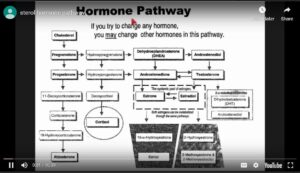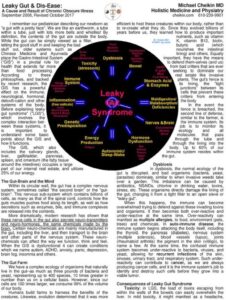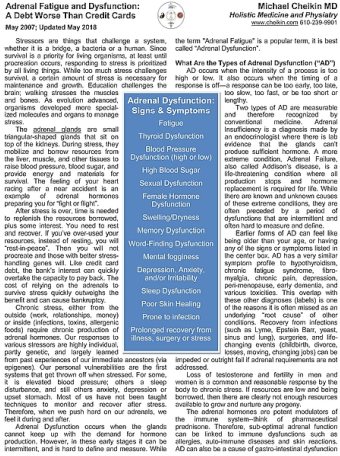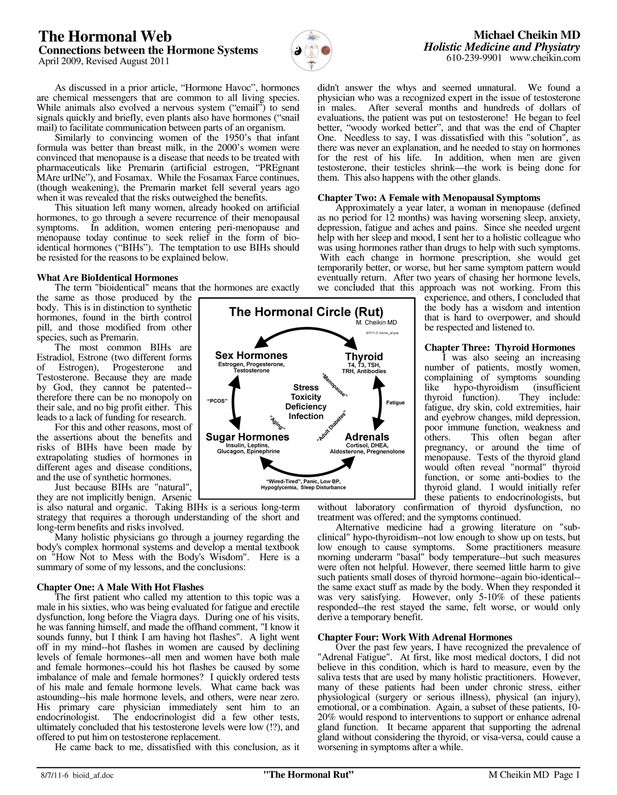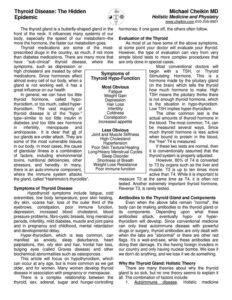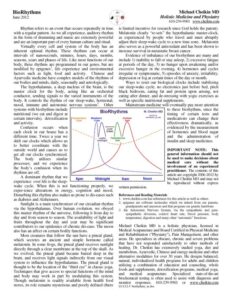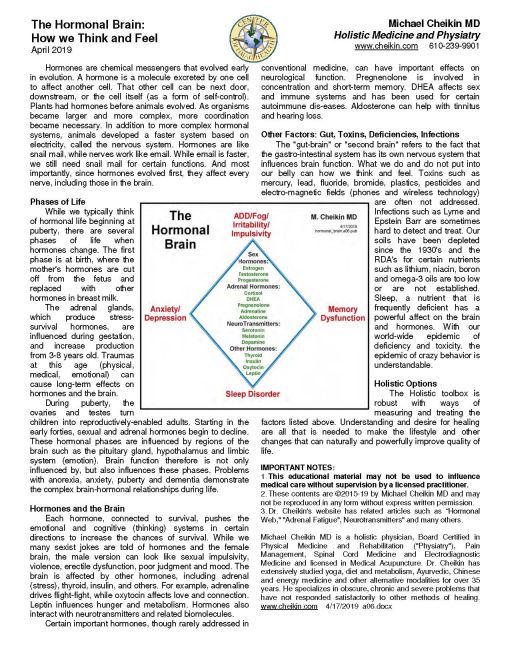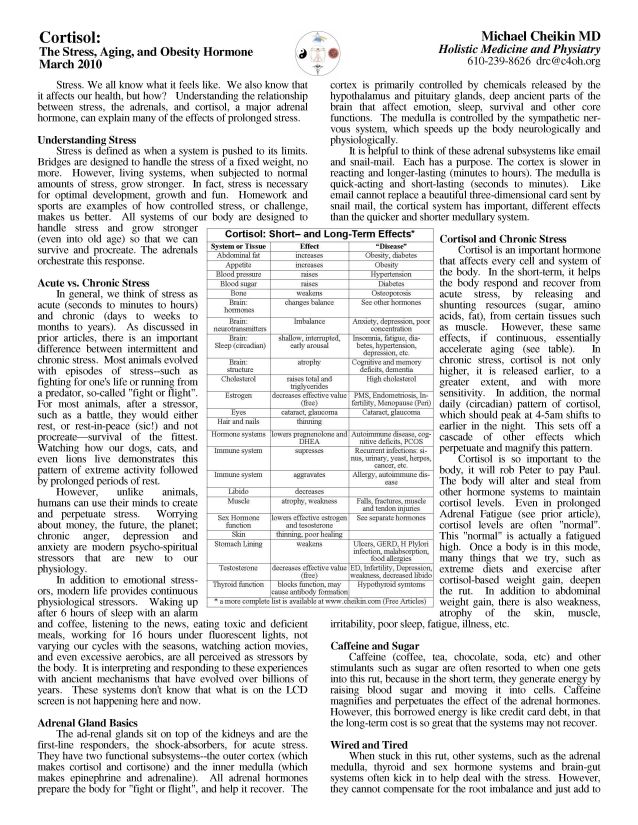functional medicine doctor
Intermittent Extreme Fatigue and Sleepiness, Long Covid
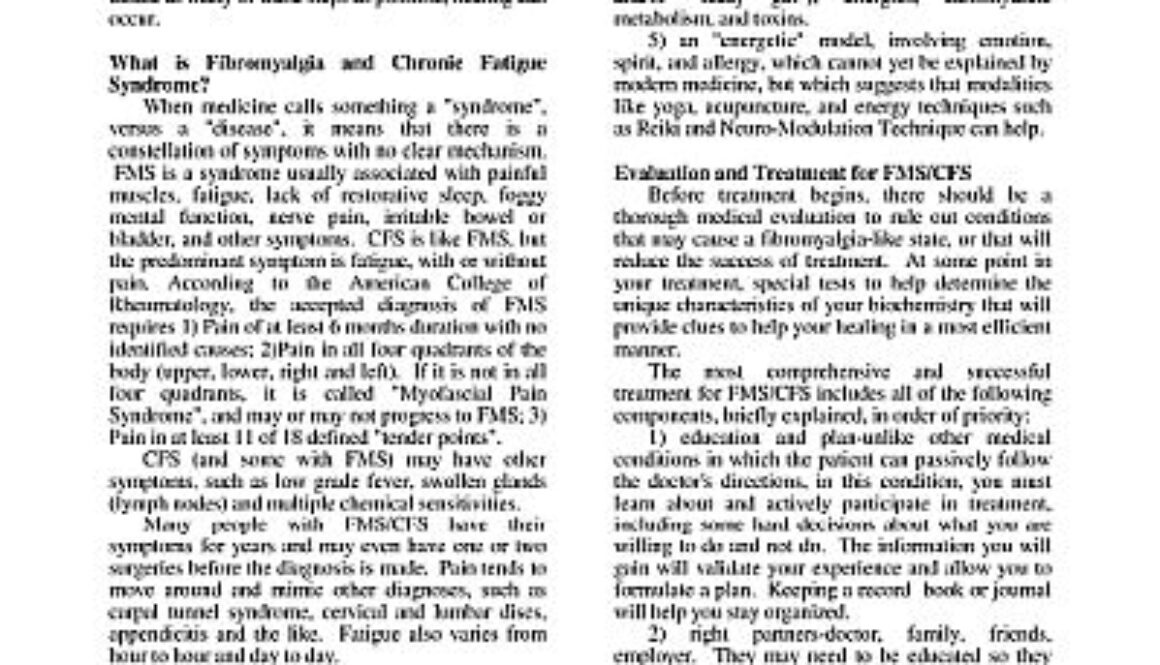
Brain-Neuro-Psych Program
This page is under development. Working links will provide starting information. Please let us know about your interest in this page by emailing us here, and check back soon.
Fatigue can and often occurs in episodes. This experience, while highly disrputive, can be spun to promote healing, as triggers are identified.
This article on the Kleine-Levin syndrome and its response to lithium provides some insight into the role of this important mineral, and implicitly others, in the generation of consistent energy. Since we know that mitochondria are at the core of energy production and it’s illness, then this information may apply to many mitochondrial conditions.
While a psychiatric dose was used here, as evidenced by the blood levels that are not attainable with nutritionally-dosed lithium, this article is simply a launching point for what will probably be an improvement in protcols for fatigue and related mitochondrial conditions.
A striking response to lithium in Kleine–Levin syndrome.2014
Iodine and Halides Video ⏱ 13:32 Copy 1/12/2023

Halide Kit Instructions
Halide Kit 1: Supplies
Halide Kit 2: How To
Halide Kit 3: Requisition Form
Halide Kit 4: Shipping
Two-Test Protocol Tests
Iodine and Halides Test


Iodine Program
The halides column in the periodic table consist of four elements: Fluorine, Chlorine, Bromine and Iodine. Of these Iodine and Chlorine are essential. Fluorine is used to fortify teeth enamel with an associated controversy. Bromine, previously thought inessential, has shown to be preferably utilized by certain immune cells. The most prevalent halide, chlorine, exists as salt and also as toxic forms such as perchlorates (from jet fuel, found in mother milk) and chloramines in drinking water.
The halide test measures levels of iodide, fluoride and bromide under baseline and challenged conditions.
Food Responses over Time
Food Responses over Time 2:55
Men’s Health Program
Men’s Health Program
Our Men’s Health Program consolidates educational, diagnostic and treatment options. See the menu bar above for more links.
Related Links
Leaky Gut, Chemical Constipation, Defensive Diarrhea, Invasive SIBO, Baloonish Bloat and Hellish Heartburn

Gut Program
References
From Open AI
tell me about yeast and candida infection of the gastric mucosa with references
Yeast and Candida are types of fungi that can infect the gastric mucosa, which is the inner lining of the stomach. Candida infection of the gastric mucosa is known as gastric candidiasis, and it can occur in people with weakened immune systems or those who have taken antibiotics or acid-suppressing drugs.
Yeast and Candida infections of the gastric mucosa can cause a range of symptoms, including abdominal pain, nausea, vomiting, and bloating. In severe cases, the infection can lead to perforation of the stomach wall, which can be life-threatening.
The diagnosis of yeast and Candida infections of the gastric mucosa is usually made by taking a biopsy of the stomach lining and examining it under a microscope. Treatment typically involves antifungal medications, such as fluconazole or amphotericin B, which can be administered orally or intravenously.
Here are some references for further reading on yeast and Candida infections of the gastric mucosa:
Watanabe T, Ota S, Nishimura K, et al. Gastric candidiasis in non-immunocompromised patients. World J Gastroenterol. 2015;21(33):9848-9854. doi:10.3748/wjg.v21.i33.9848
Soliman S, Hammad H, Khalaf H, Gomaa M, Hassanein F. Gastric candidiasis: a rare disease presentation. J Gastrointestin Liver Dis. 2014;23(4):451-454.
Vuotto F, Donelli G. Pathogenicity of Candida species in the gastrointestinal tract. Molecules. 2015;20(5):9096-9118. doi:10.3390/molecules20059096
Aghili SR, Bagheri Lankarani K, Mehrzadi S. Gastric candidiasis in critically ill patients. Mycoses. 2017;60(10):669-678. doi:10.1111/myc.12663
File Access
Women’s Health Program
Our Women’s Health Program consolidates educational, diagnostic and treatment options. See the menu bar above for more links.

